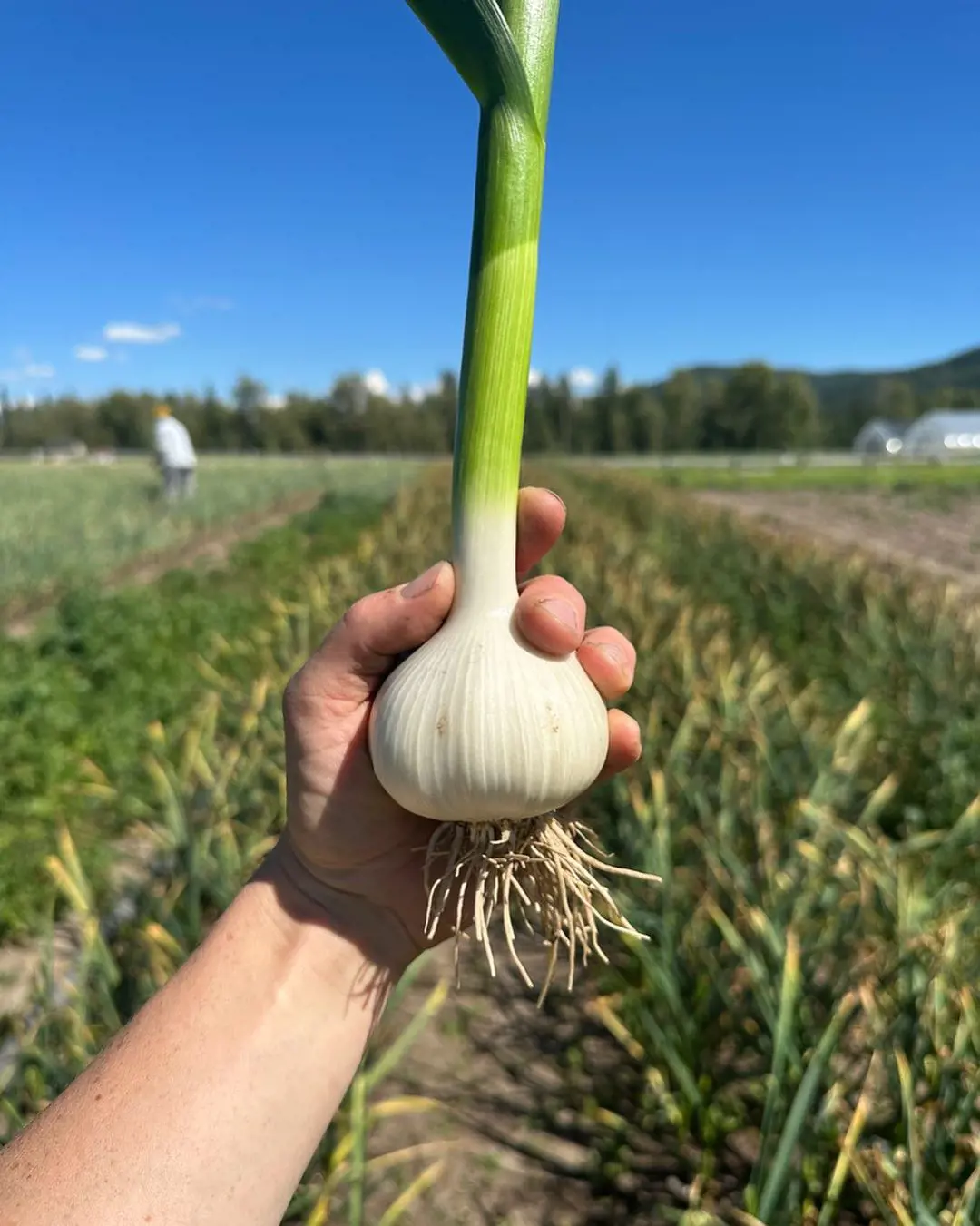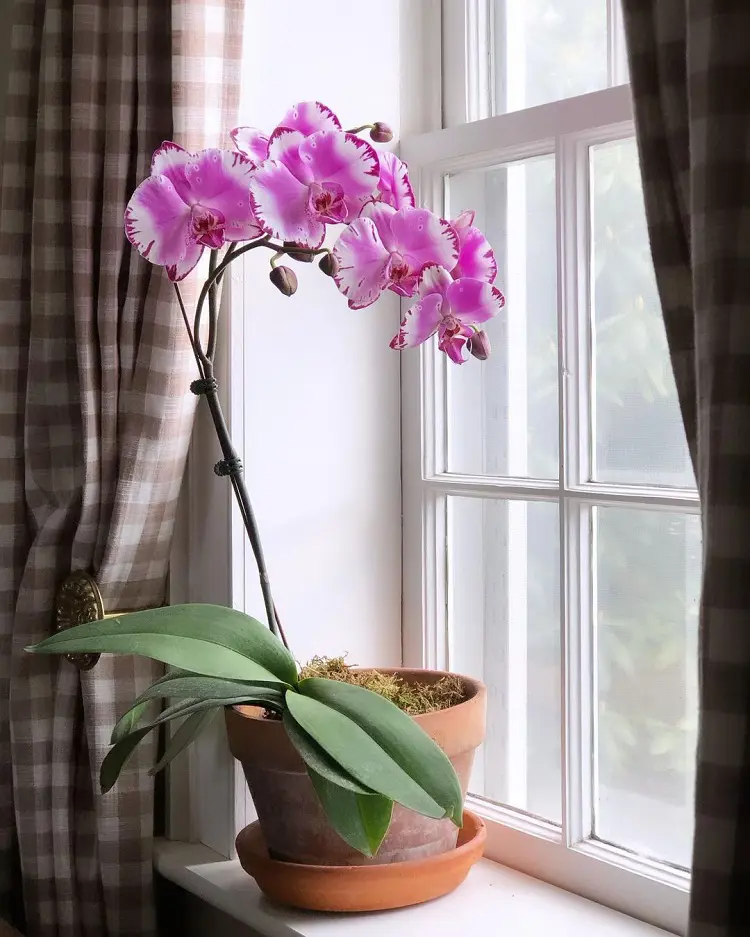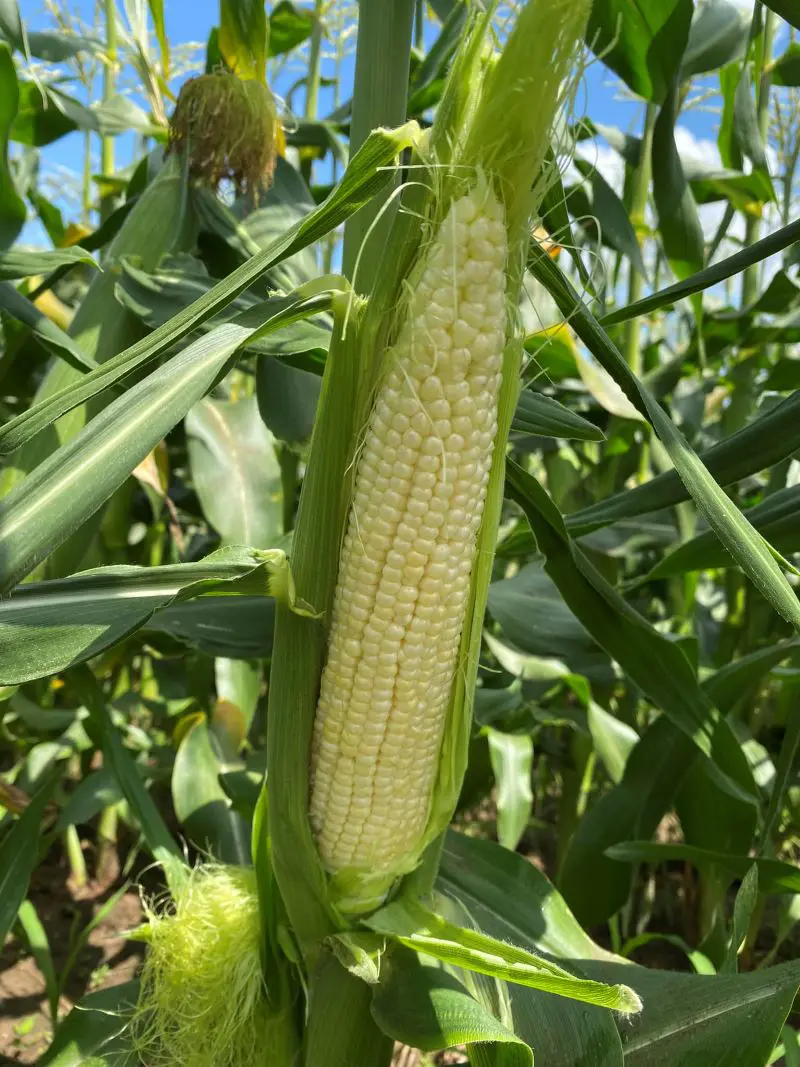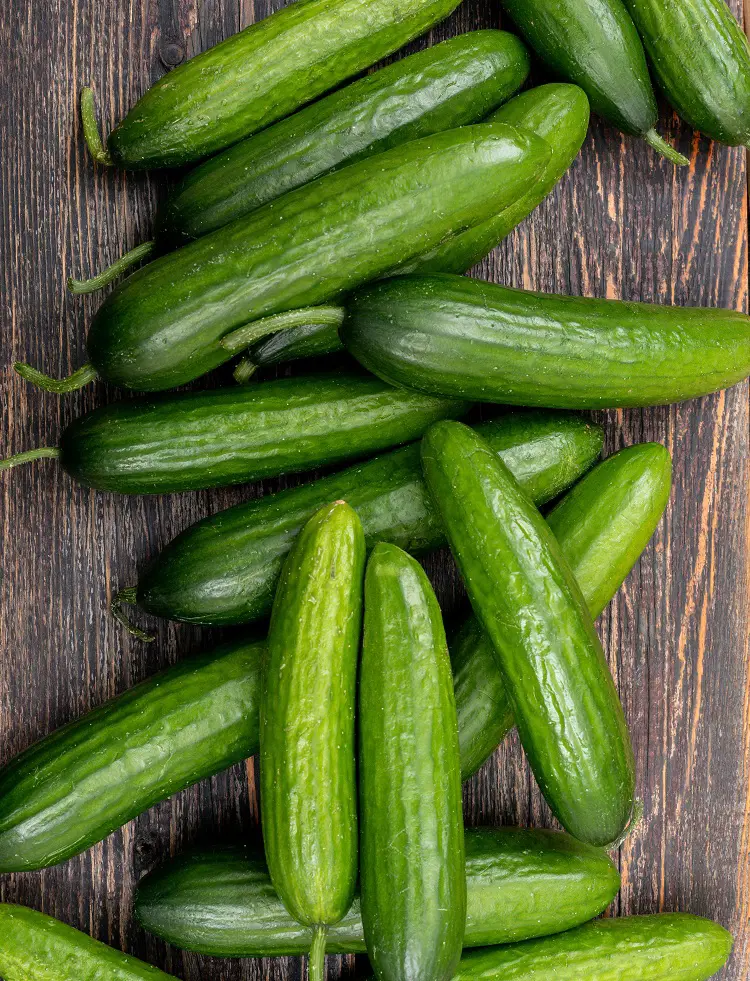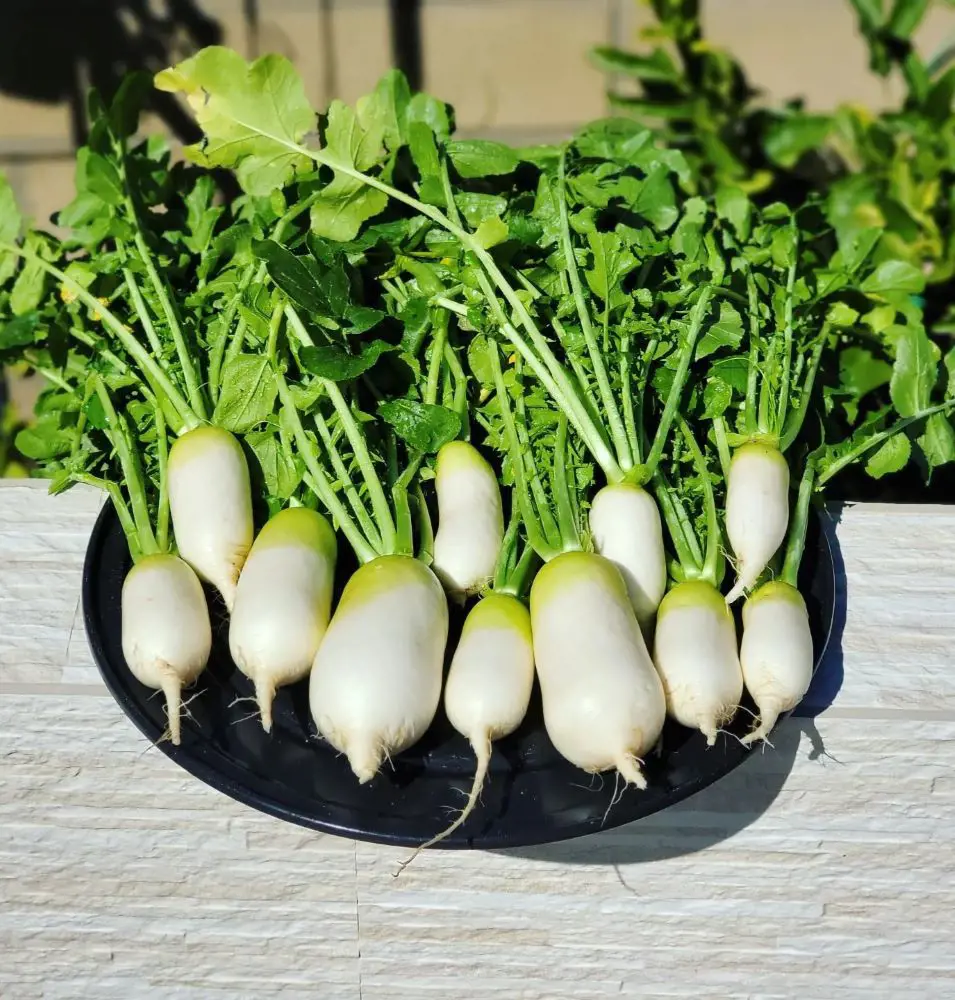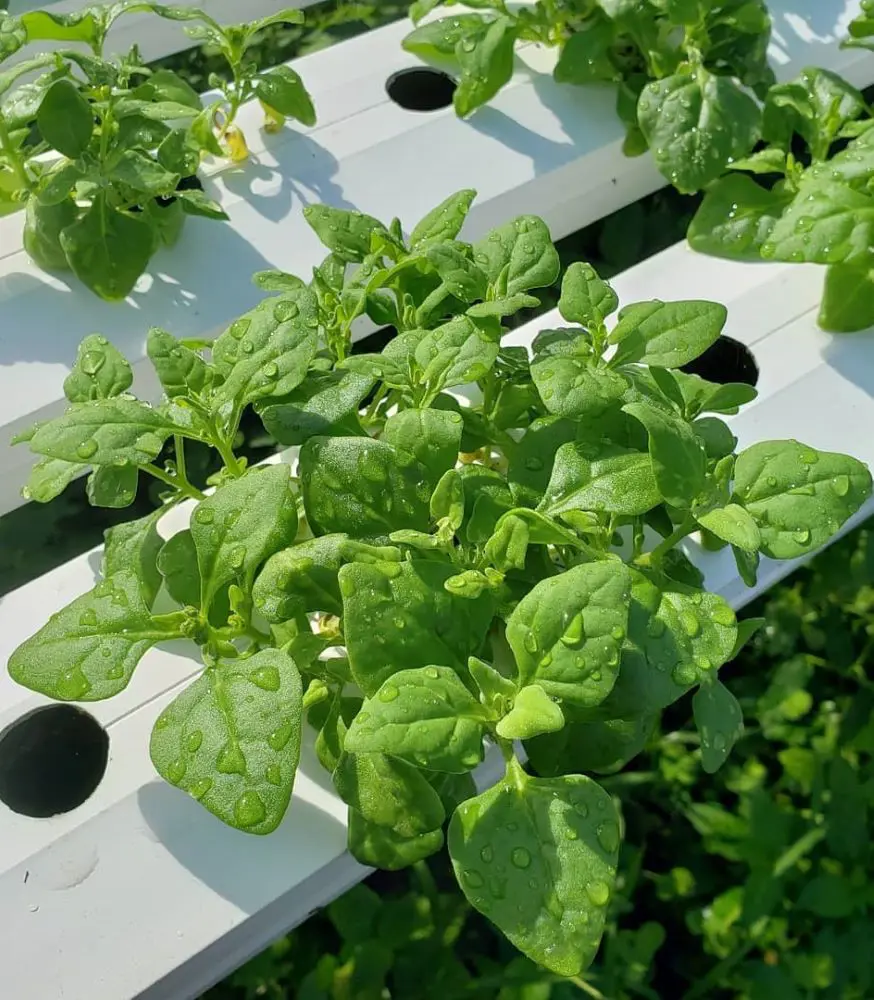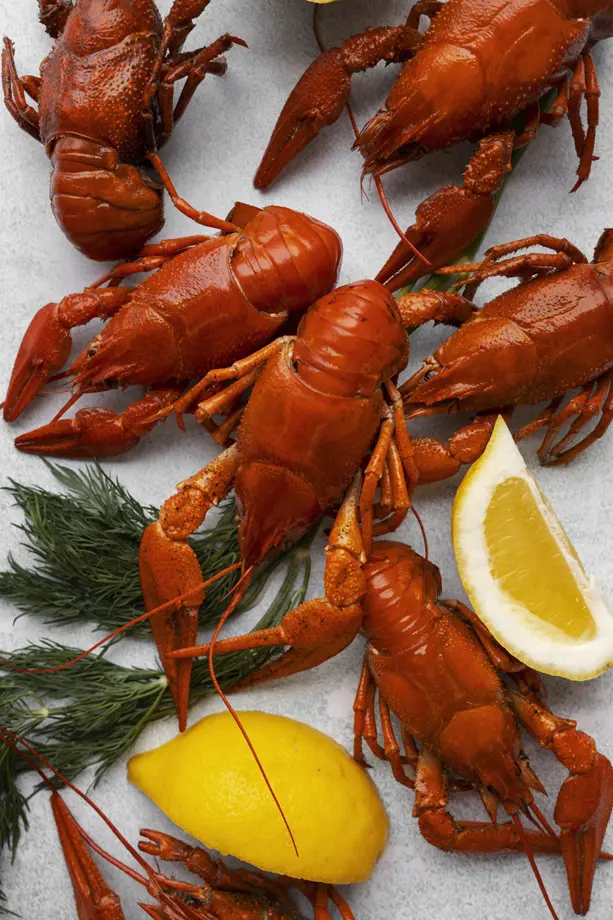Easy Steps On How To Grow Peppers
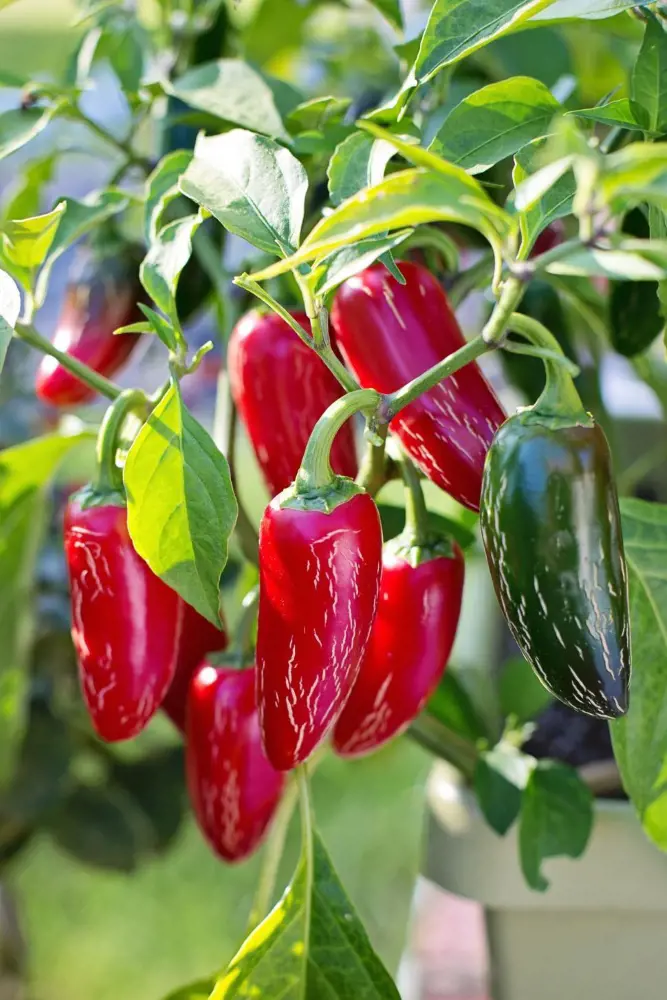
This post may contain affiliate links. If you make a purchase through links on our site, we may earn a commission.
Peppers, belonging to the Capsicum genus, come in various shapes, sizes, and heat levels, offering a diverse range of flavors to suit every palate. Whether you prefer them sweet or spicy, these spring vegetables are versatile and easy to grow.
Want to learn the ins and outs of growing these beauties? I've got you covered with 15 straightforward steps that'll turn you into a pepper-growing pro in no time. So, grab your gardening gear, and let's dive into the wonderful world of growing peppers.
1. Choose Your Peppery Pals
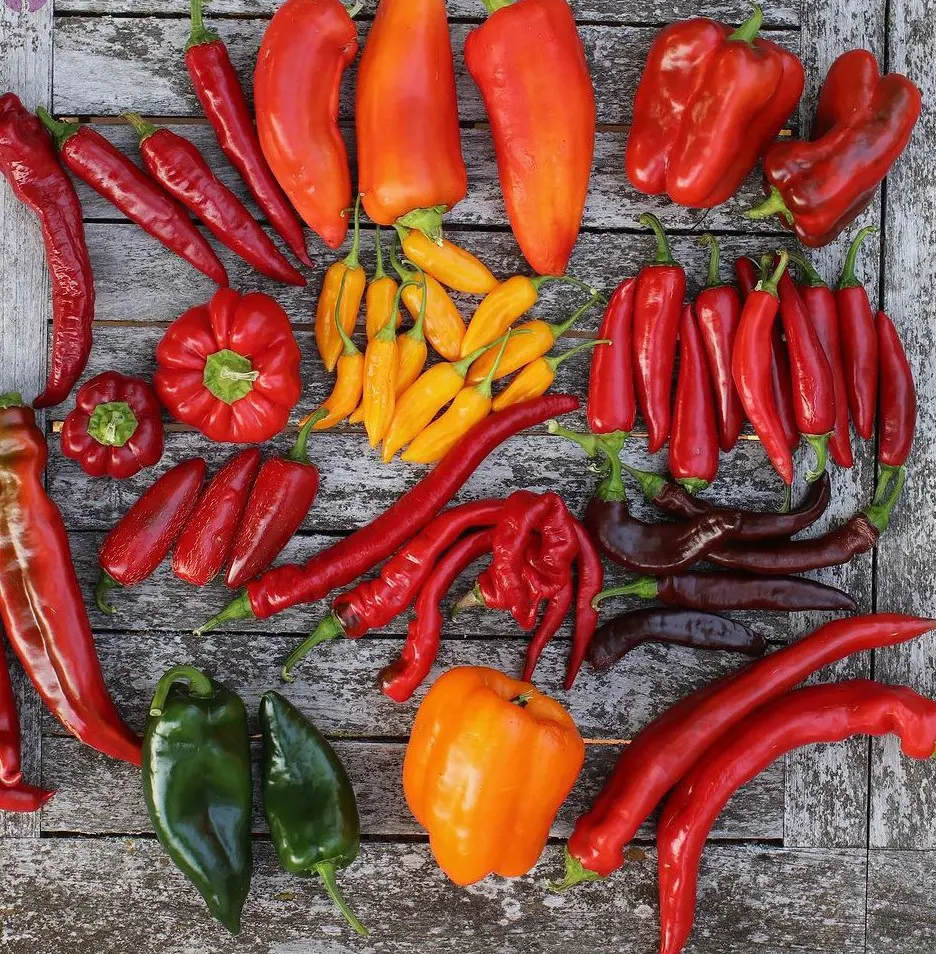
The first step is deciding which type of pepper you want to grow. Do you crave the sweetness of bell peppers in all their colorful glory (green, red, yellow, and orange)?
Or are you drawn to the fiery kick of jalapeños, habaneros, or even ghost peppers? If you're new to pepper-growing, start with milder varieties like bell peppers to ease into the process.
Tip: Do some research on different pepper varieties to find ones that suit your climate, taste preferences, and desired heat level.
2. Sunshine Savvy
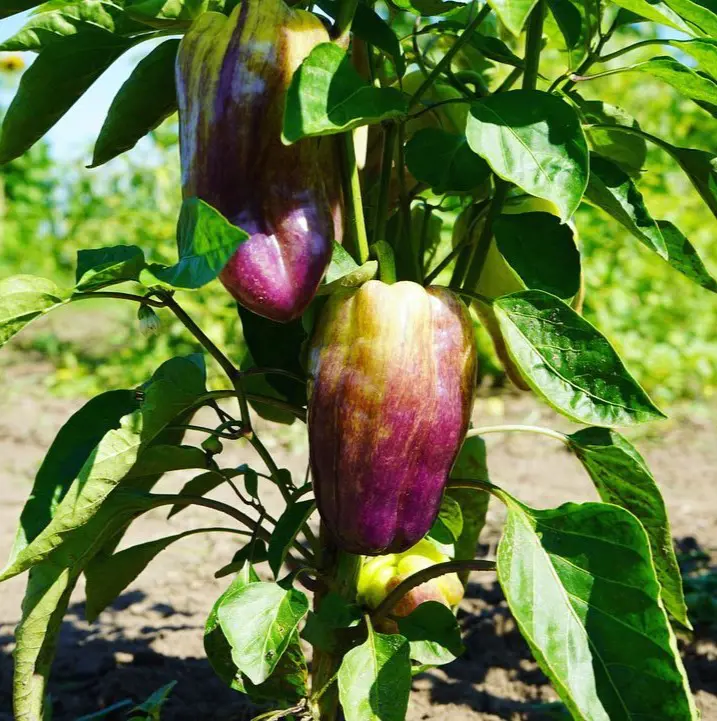
Peppers are sun-worshippers, needing at least 6–8 hours of direct sunlight daily. Choose the sunniest spot in your garden or balcony, ideally facing south for maximum exposure.
The morning sun is best, as the afternoon sun can be too harsh and scorch the leaves.
Tip: If your garden has limited sunlight, consider container gardening and move your pots to follow the sun throughout the day.
3. Potent Potions (Soil & Fertilizer)
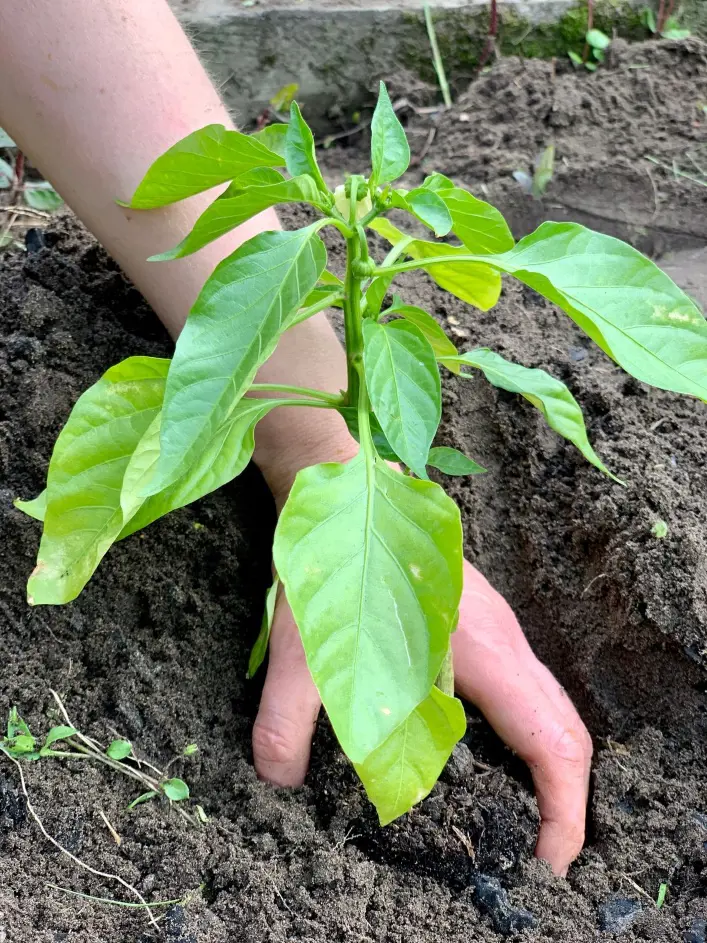
Happy peppers need well-draining soil to thrive. Choose a potting mix specifically formulated for vegetables or peppers, or create your own by mixing compost, potting mix, and perlite.
This ensures good drainage and aeration, preventing root rot. Don't forget to add a slow-release fertilizer to the soil mix for sustained nourishment throughout the growing season.
Tip: Test your soil's pH and adjust it to slightly acidic (around 6.5-7) if needed.
4. Seed Sowing Secrets
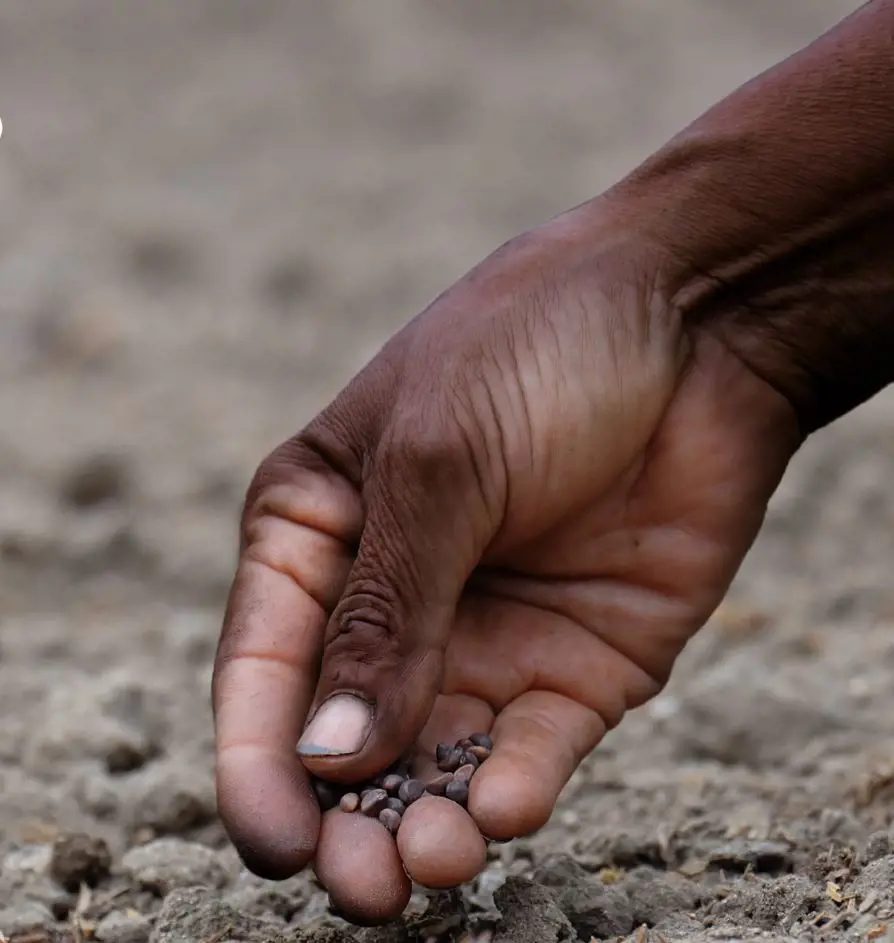
If you're starting from seeds, fill small pots with your chosen soil mix and sow 2-3 seeds per pot. Gently cover the seeds with a thin layer of soil and keep the pots warm and moist until germination takes place, usually within a week or two.
Remember, happy seeds like it cozy. Aim for a temperature around 70–75°F, using a heat mat if needed.
Tip: Label your pots with the pepper variety to avoid confusion later on.
5. Watering Wisdom
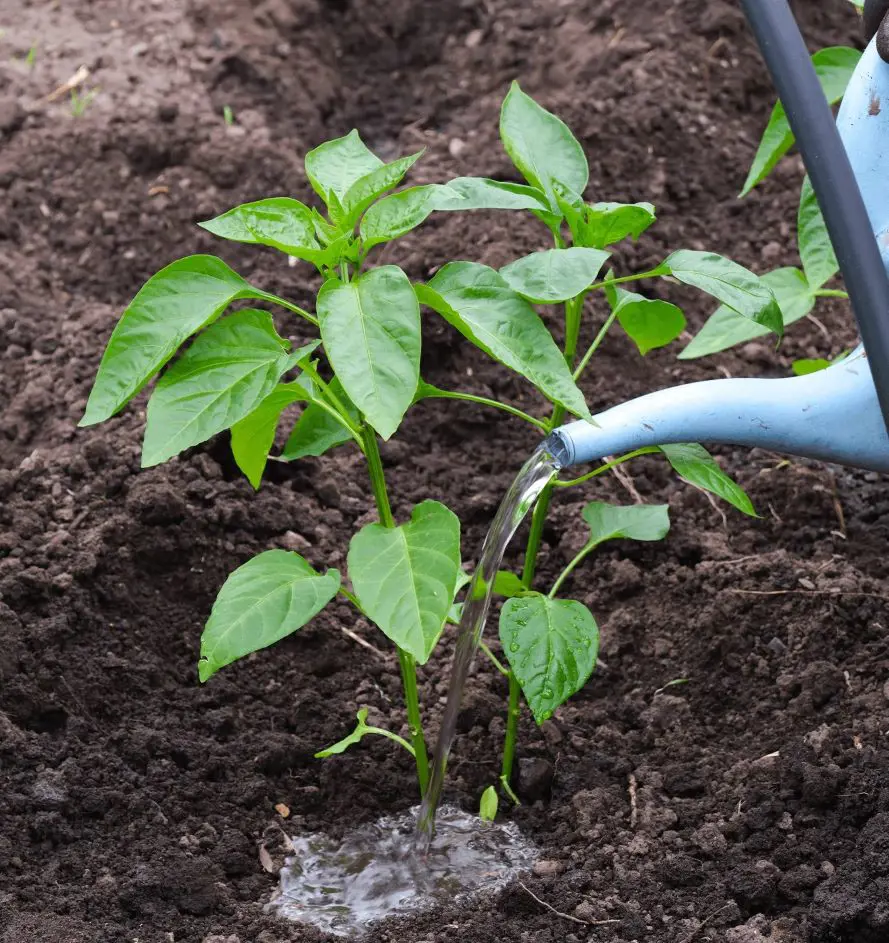
Watering your peppers, one of the easy pot vegetables regularly is crucial, but finding the right balance is key. Aim for deep soakings every few days, ensuring the water reaches the roots without waterlogging the soil.
Soggy soil can lead to root rot, so avoid overhead watering and focus on watering at the base of the plant.
Tip: Water less frequently during cooler weather and more frequently during hot, dry periods.
6. Sprouts & Sunshine (Germination & Light)
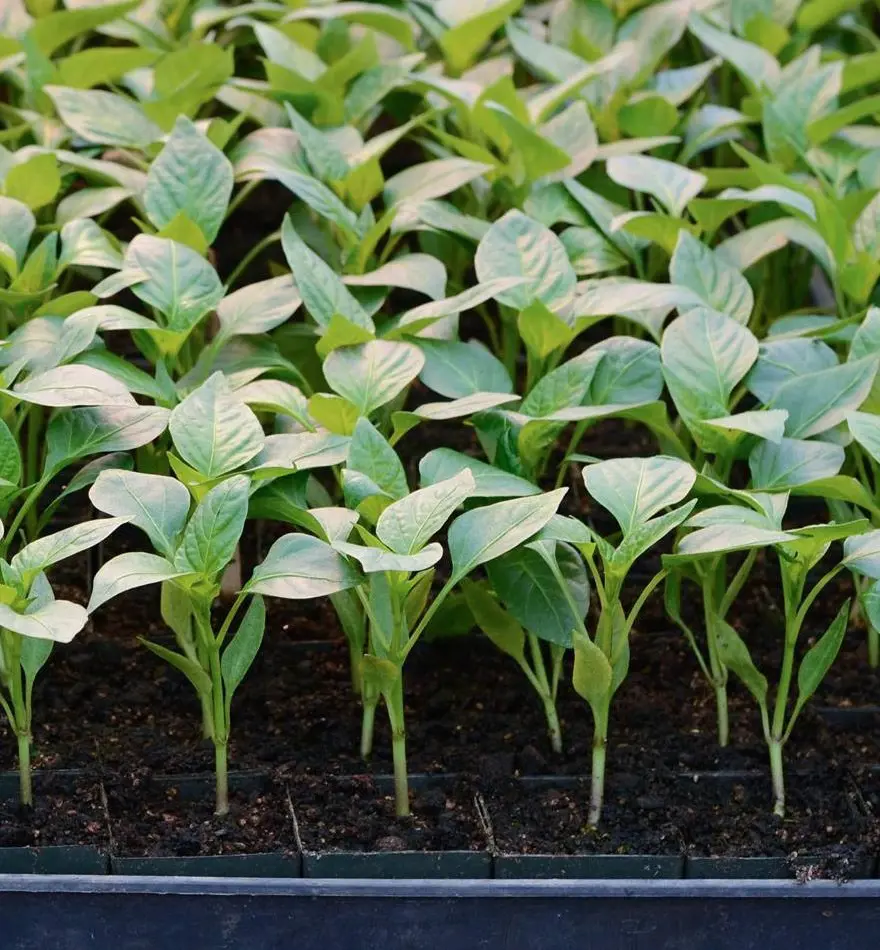
Once your seedlings germinate and start sprouting those tiny green leaves, provide them with plenty of bright light, ideally 12–16 hours per day.
If natural light isn't enough, especially during the winter months, use grow lights to supplement their sun exposure. Remember, healthy sprouts need sunshine.
Tip: Rotate your seedlings daily to ensure even growth and prevent them from leaning toward the light source.
7. Transplanting Triumphs
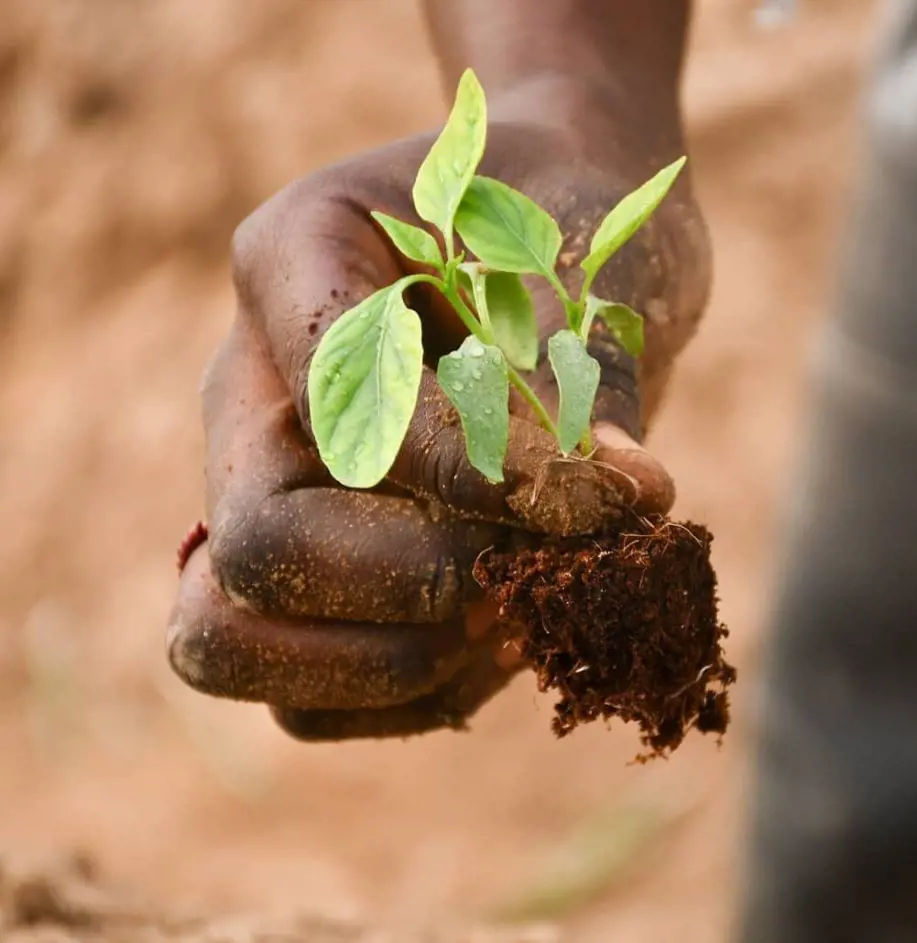
When the danger of frost has passed in your area and the soil temperature reaches at least 60°F, it's time to transplant your seedlings outdoors.
Gently transfer these plants from their pots into prepared holes in the garden, slightly larger than the pot size. Be careful not to disturb the roots too much.
Tip: Water your seedlings well before transplanting to reduce stress.
8. Spacing
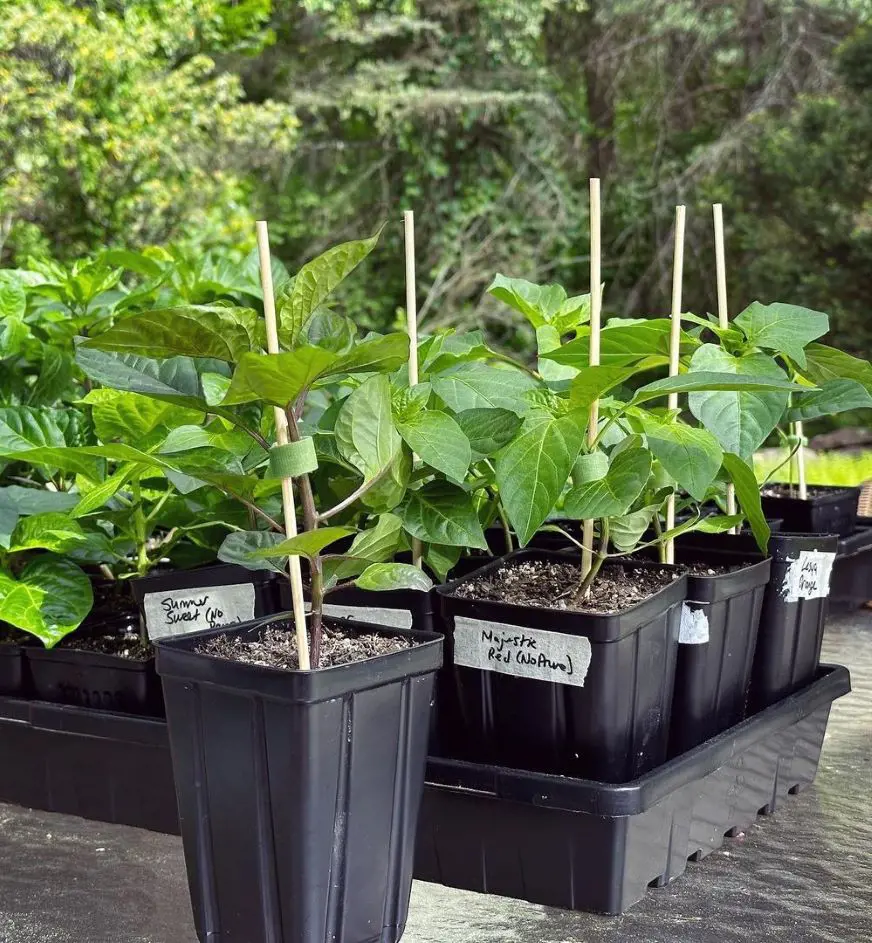
Space your pepper plants according to the variety’s mature size. Compact varieties might only need 12–18 inches, while larger ones can require up to 3 feet or more.
Support taller pepper varieties with stakes or cages early on to prevent them from toppling over under the weight of the fruit.
Tip: Use recycled materials like tomato cages or bamboo poles for your stakes and cages.
9. Nourishing Nibblers (Fertilizing)
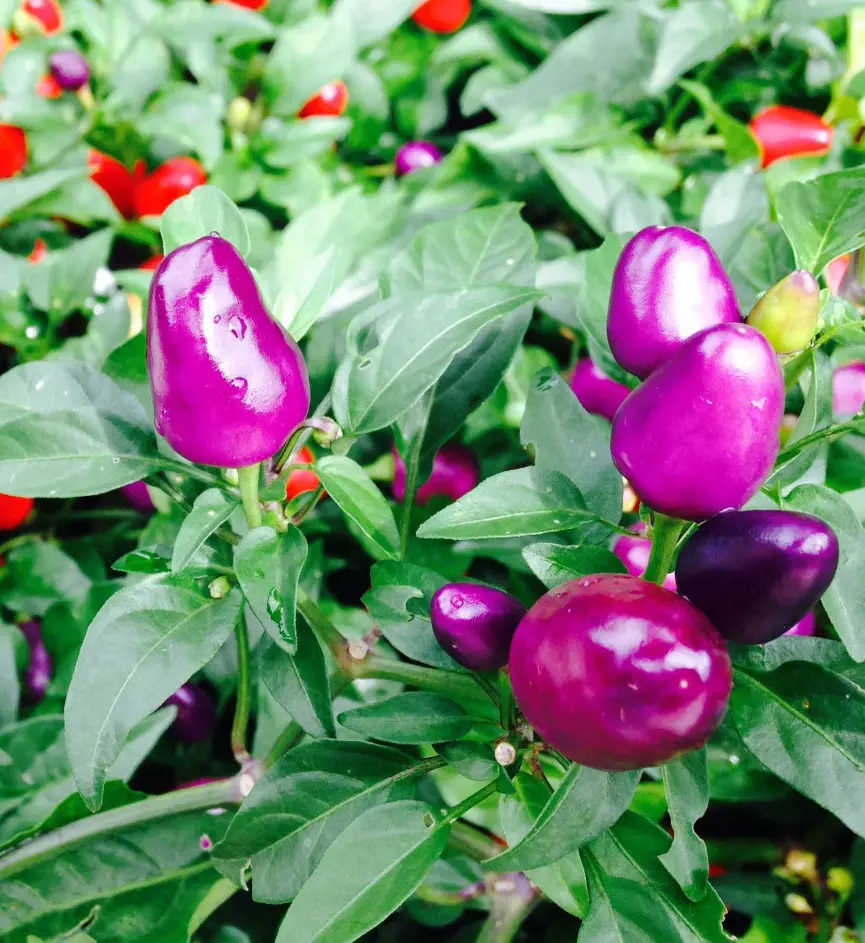
Don't forget to feed your pepper plants throughout the growing season. Once they're established outdoors, fertilize them every 2–4 weeks with a balanced fertilizer.
This ensures they have the nutrients they need to produce bountiful peppers. For a natural approach, consider organic options like compost tea or fish emulsion.
Tip: Avoid over-fertilizing, as it can burn the plants.
10. Pruning Power
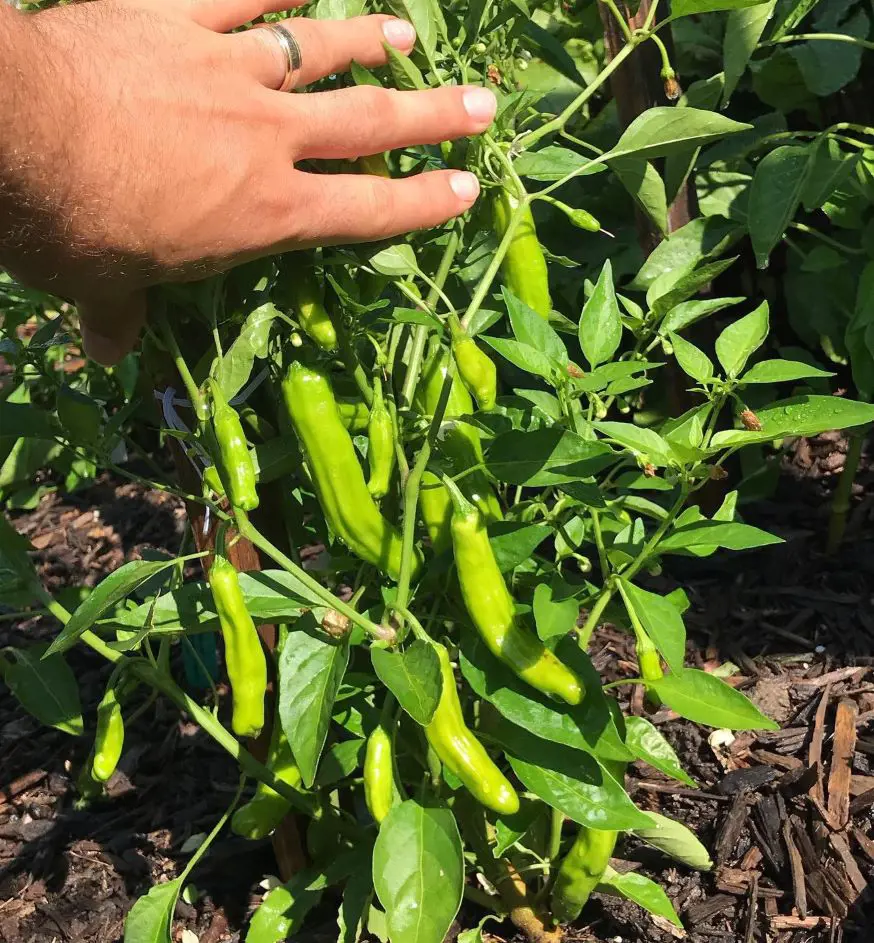
Pruning isn't just for fancy gardens, as it can also help your pepper plants thrive. Pinch off those small shoots growing from the main stem and side shoots to encourage bushier growth and more fruit production.
Focus on removing unproductive growth that is crowding the plant or blocking sunlight.
Tip: Don't prune too much, especially early on, as it can stress the plant.
11. Pest Patrol
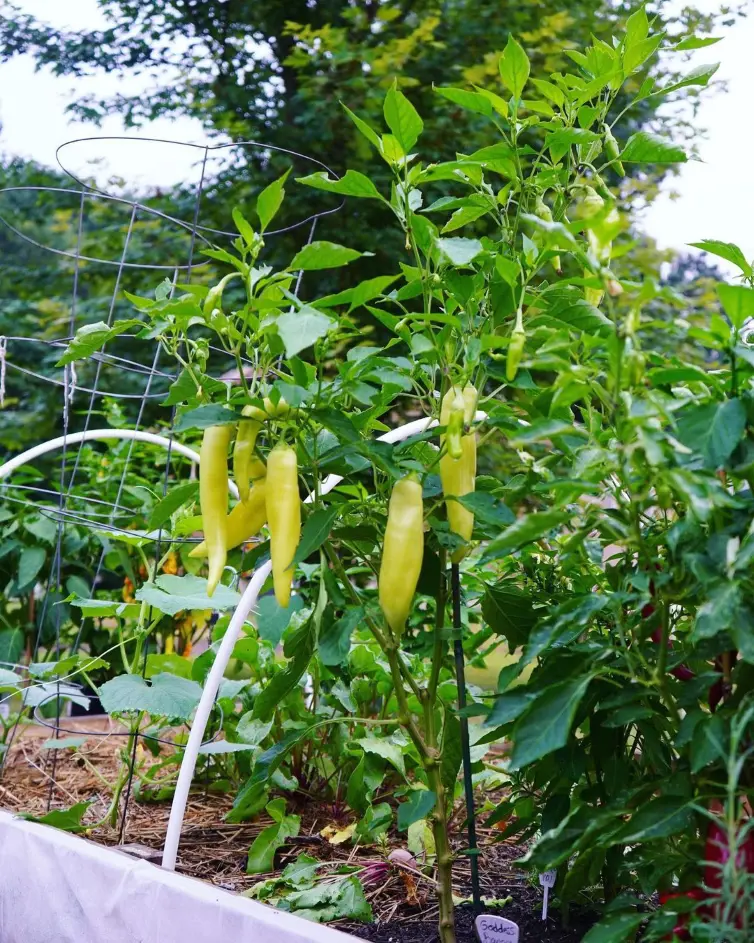
Keep an eye out for common pepper pests like aphids, caterpillars, and whiteflies. These little critters can munch on your leaves and stunt your plants' growth.
Opt for organic methods like insecticidal soap or neem oil if needed. A healthy, well-maintained garden with good air circulation can also help deter pests.
Tip: Introduce beneficial insects like ladybugs or lacewings to your garden.
12. Harvesting Peppers
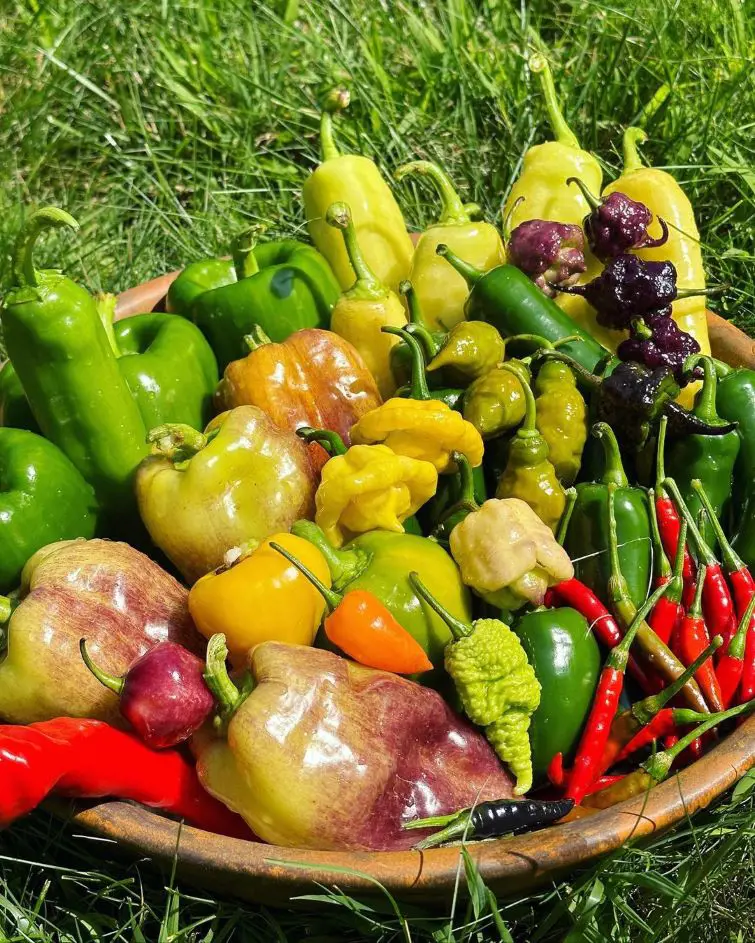
Depending on the variety, it can take around 60–90 days from transplanting to harvest. The key to knowing when to pick your peppers is to look for their color change and firmness.
Sweet peppers, like bell peppers, turn from green to their mature color (red, yellow, or orange), while hot peppers typically deepen in shade or develop wrinkles on their skin.
Tip: Harvest regularly to encourage continued fruit production.
13. Using Your Harvest
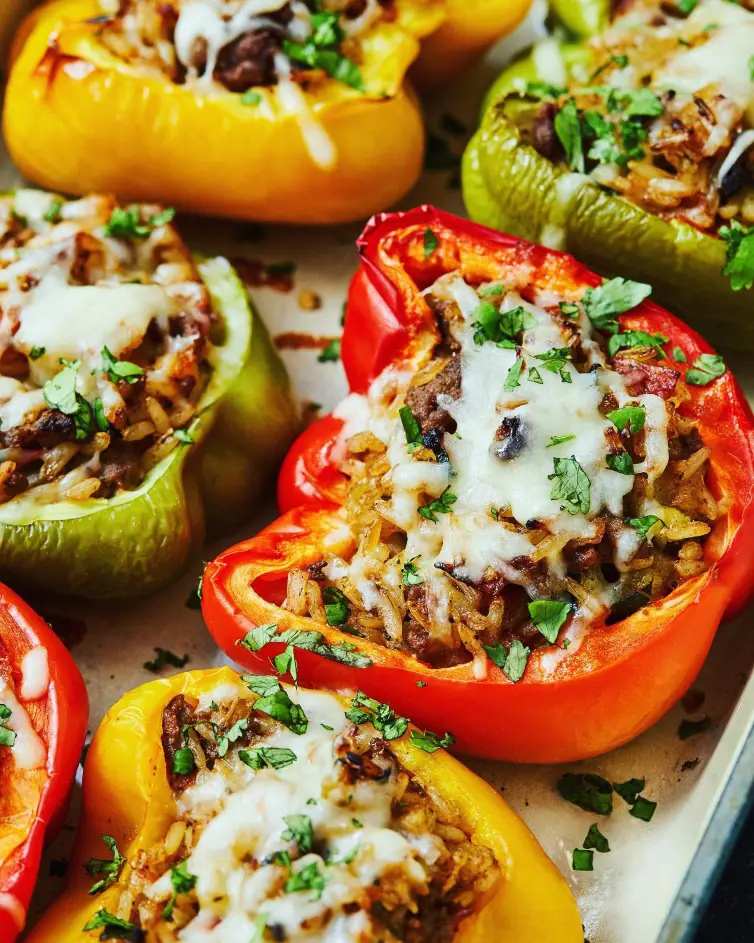
Celebrate your homegrown peppers by incorporating them into countless dishes. Add them to salads, stir-fries, and omelets for a fresh, vibrant flavor.
Roast them for a smoky sweetness, or blend them into salsa or sauces for a fiery kick. Don't forget to preserve your extra harvest by freezing, drying, or pickling for year-round enjoyment.
Tip: Get creative with your recipes. Try grilling or stuffing peppers for a unique twist.
14. Composting Care
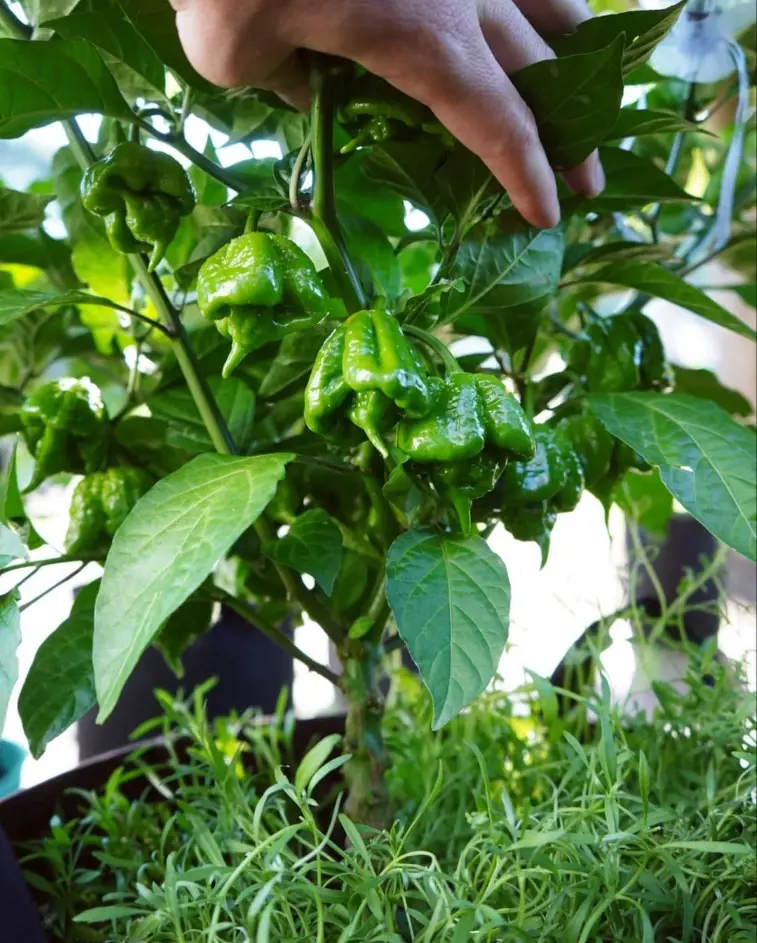
Don't toss those spent pepper plants. Compost them to return nutrients to the soil for future plantings.
Chop up the stems and leaves and add them to your compost pile, along with other organic materials like kitchen scraps and yard waste.
Tip: Start a compost bin or pile in your backyard, or use a countertop composter for smaller spaces.
15. Celebrate and Adapt
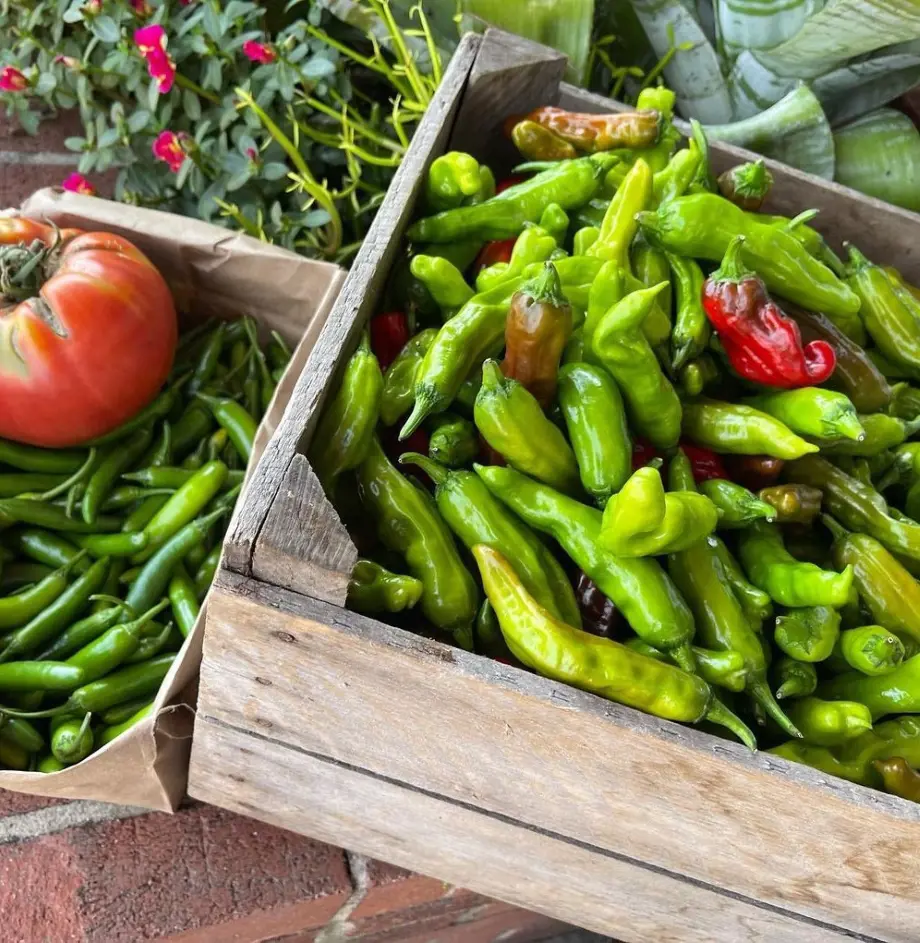
Every season brings different challenges and opportunities for your pepper plants. Analyze your successes and failures, learning from each experience.
Celebrate your bountiful harvests and adjust your techniques for future plantings. With each season, you'll gain valuable knowledge and confidence in your pepper-growing skills.
Tip: Keep a gardening journal to document your observations, successes, and adjustments.
Recent posts
How To Grow
How To Grow
How To Grow Garlic
A bulbous member of the onion family, garlic is prized for both its potent flavor and a variety of therapeutic applications. Due to its relative ease of cultivation, it is a favorite among home gardeners and a pioneer in kitchens worldwide. Garlic ma...
How To Grow
How To Plant and Grow Orchids
Orchids are one of the prettiest and most interesting flowers out there, with over 30,000 types and 200,000 hybrids. They are one of the biggest families of plants and can grow indoors or outdoors. However, growing and taking care of orchids is not e...
How To Grow
How To Plant, Grow And Harvest Corn All By Yourself
Growing your popcorn or sweet corn at home garden can seem like an interesting idea. However, it requires a large amount of space to grow as it is a tall plant that needs plenty of room to spread out. But, if you want to enjoy freshly popped po...
How To Grow
How To Plant, Grow And Care Cucumbers
Growing cucumbers is like going on a fun journey where you get to plant and pick your very own crunchy veggies. It's not just about having tasty cucumbers, it's also about the joy of seeing your plants grow. Whether you have a big garden or a small b...
How To Grow
How To Plant, Grow And Care Radishes In Your Garden
Growing radishes in your garden is a fantastic way to enjoy crisp and peppery veggies that you've nurtured from seed to plate. It's a straightforward process that anyone can try, even if you're new to gardening. In the following 12 steps, we'll guide...
How To Grow
How to Plant, Grow And Care For Spinach?
Growing leafy greens in your backyard garden is both healthy and fun. Spinach can be the best leafy green to start with as it is relatively easy to grow from scratch and can be harvested in about a month from planting. It thrives in spring or fall in...
